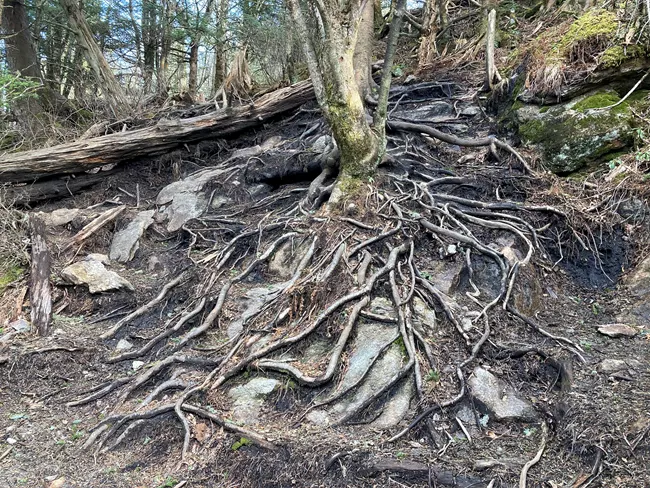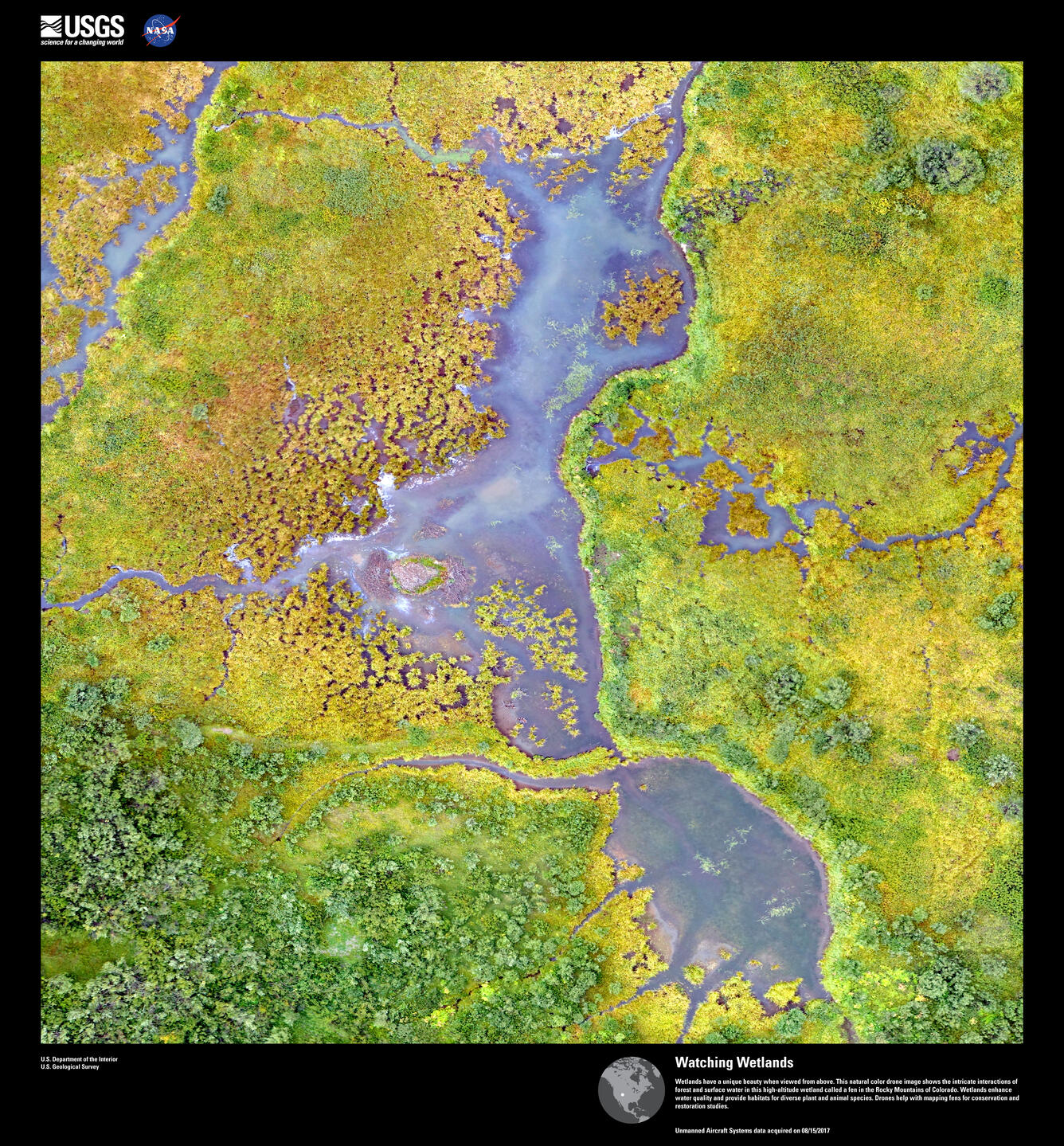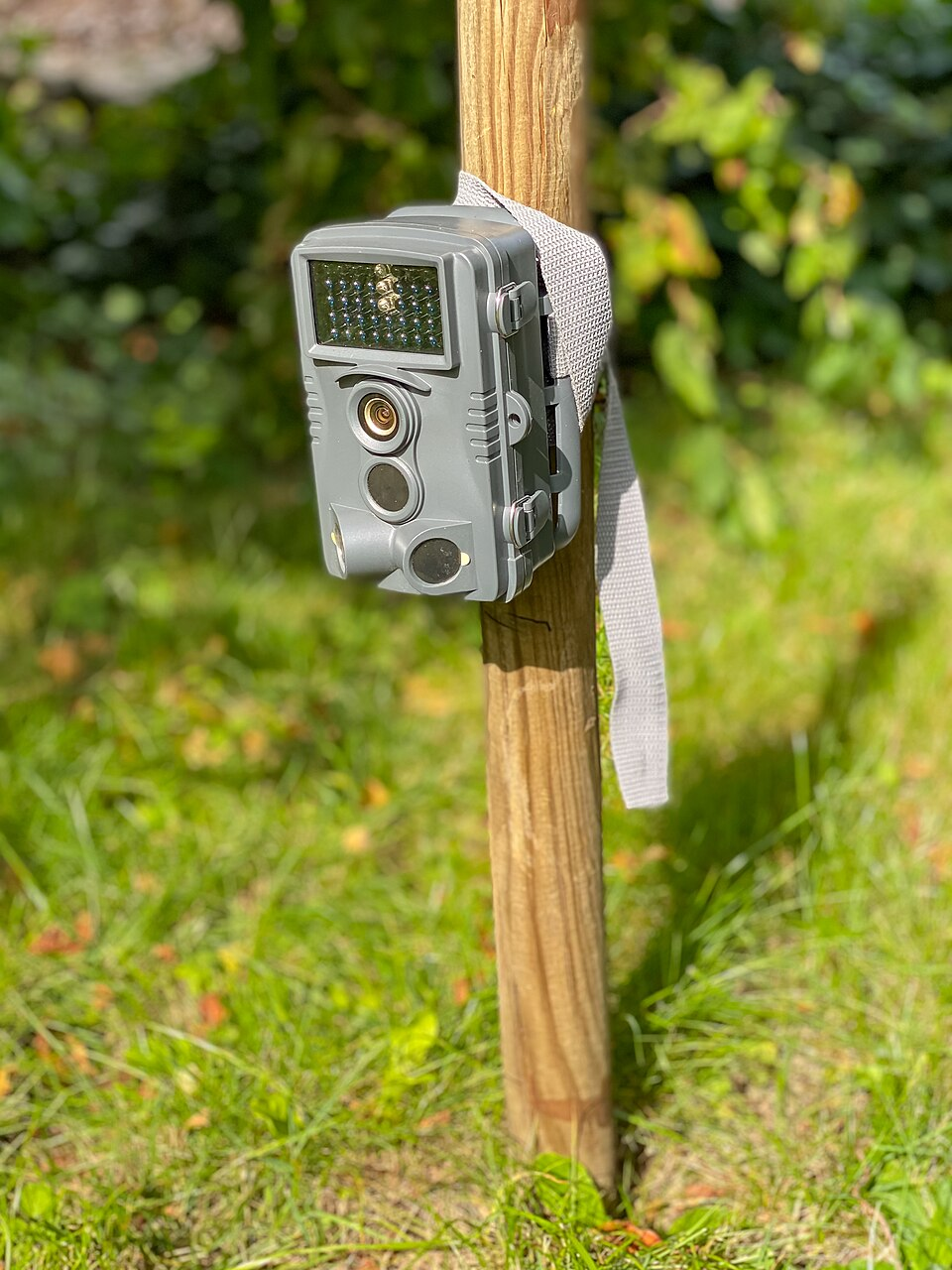Embarking on fieldwork in ecosystems and ecology necessitates a delicate balance between the acquisition of knowledge and the preservation of the natural environment. Ethical considerations underscore the importance of respect for habitats, the implementation of non-invasive methods, and heightened awareness and care for endangered species.
Respect for Habitats
Understanding the Ecosystem
Every habitat is a unique, intricate, and interconnected system. A disturbance to one element can lead to a cascade of effects throughout the ecosystem. Therefore, a comprehensive understanding of the ecosystem is crucial. This involves an in-depth study of the flora and fauna and the complex relationships that bind them together.
Minimising Disturbance
Preparation
Pre-fieldwork preparation is essential. Researchers should equip themselves with extensive knowledge about the specific habitat to avoid unintended damage. This includes understanding the species that inhabit the area, their behavioural patterns, and the times they are most active.
Pathways
Always stick to established paths to avoid trampling on sensitive vegetation or disturbing wildlife. Creating new paths can lead to soil compaction and erosion, loss of vegetation, and disruption of wildlife habitats.

Unauthorized “social trails” compact soil, expose roots, and fragment ground-layer vegetation. Staying on established paths minimises erosion and protects sensitive species—an essential ethical practice in fieldwork. This photo documents root damage from an unofficial trail. Source.
Waste Management
All waste materials should be carried back to maintain the habitat’s cleanliness and integrity. Leaving waste behind can lead to soil and water pollution and can harm wildlife.
Restoration Efforts
After the fieldwork, efforts should be made to restore the habitat to its original state if any alterations were made. This includes replacing any moved rocks or vegetation and ensuring that the habitat is left as it was found.
Non-Invasive Methods
Remote Sensing Technology
Remote sensing technology is a cornerstone for ethical fieldwork. It allows researchers to gather essential data without physically intruding into sensitive habitats. These technologies include drones, satellite imaging, and remote sensors that can analyse various ecological parameters from a distance.

Drone imagery provides high-resolution views of wetlands and vegetation patterns without trampling habitats. Such data support mapping, monitoring, and restoration planning while minimising on-the-ground disturbance. This fen in Colorado was mapped by a USGS uncrewed aircraft system. Source.
Observation
Visual Surveys
Employing binoculars or telescopes to observe wildlife ensures that animals can be studied in their natural behaviour without being disturbed. It is crucial to maintain an appropriate distance to avoid causing stress or altering the animals’ natural behaviours.
Audio Recordings
Audio equipment can be used to record the sounds of wildlife. This is especially useful in bird studies where vocalisations can be critical for identification and understanding behavioural patterns.
Indirect Methods
Track and Sign Surveys
Studying animal tracks, droppings, and other signs is a non-invasive method to gather data without direct contact with the animals. It helps in understanding the species’ presence, behaviour, and population density.
Camera Traps
Camera traps with motion sensors capture images of wildlife in their natural habitat. They provide insights into animal behaviour, population size, and species diversity without human intrusion.

Camera traps document species presence and activity patterns while reducing observer effects. Their passive operation supports ethical data collection on behaviour and diversity with minimal disturbance. Image shows a typical weather-proof unit mounted for field deployment. Source.
Considerations for Endangered Species
Legal and Ethical Guidelines
Adherence to legal and ethical guidelines is a moral and legal obligation. Every country has specific laws protecting endangered species, and international conventions like CITES provide guidelines on the ethical treatment of these species.
Special Precautions
Distance
Maintaining a safe and respectful distance is paramount to avoid causing stress or disturbance to endangered animals. Researchers should be well-versed in the specific behaviours of these species to avoid unintentional harassment.
Breeding Seasons
Fieldwork should be avoided during breeding seasons to prevent interference in the critical reproduction processes of endangered species. Breeding seasons are times of heightened sensitivity, and human presence can be particularly disruptive.
Data Sensitivity
Sharing Protocols
Researchers should exercise caution with data sharing, especially the location data of endangered species, to prevent illegal poaching and habitat destruction.
Publication Ethics
Results should be published in a manner that does not expose sensitive habitats or species to potential harm. This includes being mindful of the information and images shared in public domains.
Case Study: Ethical Fieldwork in Action
The Amazon Rainforest
The Amazon, one of the world’s most biodiverse habitats, presents a unique challenge for researchers aiming to study the ecosystem while ensuring minimal impact. Here, ethical considerations are paramount.
Habitat Respect
Guided Tours
Researchers often rely on local guides who are familiar with the terrain and sensitive areas, ensuring minimal disturbance to critical habitats.
Biosecurity Measures
Preventing the introduction of alien species or diseases is paramount. Researchers undergo stringent biosecurity measures to ensure they do not introduce contaminants.
Non-Invasive Techniques
Aerial Surveys
Drones are used to map out the dense forest, capturing detailed images without the need for physical intrusion.
Acoustic Monitoring
The rich soundscape of the Amazon is studied using audio devices that capture sounds, aiding in the identification and study of various species.
Endangered Species Care
Species Identification
Researchers are trained to identify endangered species to ensure special care is taken if encountered.
Night Surveys
Some endangered species are nocturnal. Night surveys using infrared cameras ensure these species are studied without disturbance.
Reflection
Ethical considerations in fieldwork are rooted in a profound respect for nature. Every habitat is a world in itself, and every species, endangered or not, plays a pivotal role in the ecosystem. The onus is on the researchers to ensure that the pursuit of knowledge is balanced with the imperative of conservation, ensuring that the natural world is left unharmed, if not enriched, by the investigative process.
In the context of IB ESS, students are encouraged to internalise these ethical principles, not just as guidelines for fieldwork but as a broader ethos for engagement with the natural world. The respect for habitats, the commitment to non-invasive methods, and the special considerations for endangered species are not just academic imperatives but are reflective of a deeper, ethical engagement with the world around us. Every piece of data collected, every observation made, is imbued with this ethos of respect and care, making the process of learning an act of stewardship for the planet.
FAQ
Data sensitivity is managed through stringent protocols for collecting, handling, and sharing data related to endangered species. Access to sensitive data, especially location-specific information, is typically restricted to authorised personnel to prevent misuse. Data is often anonymised or aggregated to obscure specific locations when shared for academic or conservation purposes. Additionally, findings are communicated in ways that highlight the research outcomes without revealing sensitive information that could expose endangered species to threats such as poaching or habitat destruction, ensuring a balance between knowledge dissemination and species protection.
Restoration post-fieldwork involves returning the habitat to its original state to the best extent possible. This includes removing any equipment, markers, or waste generated during the study. If vegetation or soil has been disturbed, efforts are made to rehabilitate the area, such as replanting native flora. Monitoring is often conducted post-restoration to assess the recovery of the habitat and identify any ongoing impacts or necessary additional restoration actions. The aim is to mitigate the short and long-term impacts of the fieldwork, ensuring the ecosystem’s integrity and health are maintained.
Local communities are integral to ethical fieldwork. They often possess extensive knowledge of the local ecosystems, including the behaviours and habitats of endangered species. Researchers can collaborate with local communities to gain insights, which aids in planning and conducting ethical fieldwork. Locals can also act as guides, helping researchers navigate sensitive habitats safely and ethically. Furthermore, involving local communities fosters a sense of ownership and involvement in conservation efforts, promoting sustainable practices and enhancing the long-term impact of research and conservation initiatives for endangered species and their habitats.
Training for researchers is crucial to instil a deep understanding of the ecosystems they will be working in and the species they might encounter. This includes education on the specific behaviours, breeding seasons, and sensitivities of local fauna, particularly endangered species. Training should also cover the legal and ethical guidelines governing fieldwork in sensitive habitats. Practical skills, such as the use of non-invasive data collection methods and the implementation of biosecurity measures to prevent contamination, are essential components of a comprehensive training programme to ensure ethical fieldwork.
Technology plays a pivotal role in enhancing ethical standards in fieldwork. For instance, GIS (Geographic Information Systems) can be employed to map and analyse sensitive habitats, enabling researchers to plan their studies while avoiding critical areas. Drones equipped with cameras and sensors offer a means to collect data from remote or sensitive locations without the need for physical intrusion. Additionally, applications and software that analyse and model ecological data can help in predicting and mitigating the potential impacts of fieldwork, ensuring that studies are conducted with minimal disruption to natural ecosystems.
Practice Questions
Respecting habitats during ecological fieldwork is essential to preserve the natural conditions and behaviours within an ecosystem. It ensures that the data collected is accurate and not influenced by human interference, leading to more reliable results. One method to minimise disturbance is to use established paths when navigating through ecosystems. This prevents trampling of vegetation, soil compaction, and disruption to wildlife habitats, maintaining the ecosystem’s integrity. By adhering to this practice, researchers can observe and collect data without significantly altering the natural state of the environment.
Ethical considerations are paramount when dealing with endangered species to ensure their preservation and minimise stress or harm. Researchers must adhere to legal and ethical guidelines, including maintaining a safe distance and avoiding fieldwork during sensitive periods like breeding seasons. Data sensitivity is also crucial; sharing protocols must be stringent to prevent the exposure of location data that could lead to poaching or habitat destruction. Every action should be guided by a commitment to the welfare and conservation of the endangered species, ensuring that the pursuit of knowledge does not compromise their survival or wellbeing.

